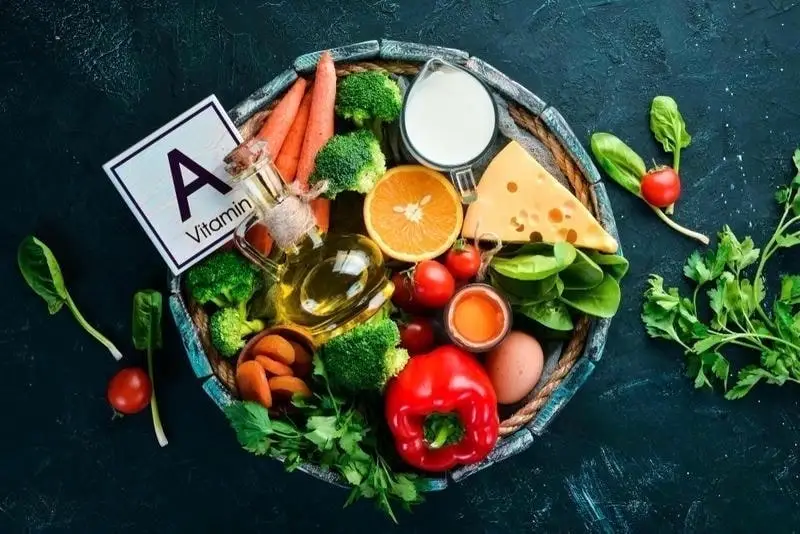- Published on: Jun 14, 2025
- 3 minute read
- By: Secondmedic Expert
Is Skipping Breakfast Harming Your Metabolism? Here’s What You Need To Know
Introduction
We've all heard the saying: “Breakfast is the most important meal of the day.” But in our fast-paced lives, skipping breakfast has become a common habit. Whether it's due to running late, following a weight-loss plan, or simply not feeling hungry, many people routinely skip their morning meal. But have you ever stopped to think — is skipping breakfast harming your metabolism?
In this blog, we’ll explore the science behind breakfast, its impact on metabolism, and whether missing this meal can actually do more harm than good.
What is Metabolism?
Before we dive into the breakfast debate, let’s first understand metabolism. Metabolism refers to the chemical processes in your body that convert food into energy. This energy fuels every function in your body — from breathing and digesting to moving and thinking.
A healthy metabolism is essential for:
-
Maintaining a healthy weight
-
Proper digestion
-
Regulating body temperature
-
Hormonal balance
-
Cellular repair
Your metabolic rate — how fast your body burns calories — can be affected by age, genetics, physical activity, and diet.
The Role of Breakfast in Metabolism
Breakfast literally means "breaking the fast." After a night of sleep, your body has gone hours without food. Eating in the morning gives your metabolism a kickstart. It signals your body that it's time to get moving, burning calories and using energy.
Here’s how breakfast helps your metabolism:
-
Boosts metabolic activity early in the day.
-
Helps regulate blood sugar levels.
-
Reduces the likelihood of overeating later.
-
Supports muscle mass and overall energy levels.
-
Helps in maintaining a healthy weight over time.
Skipping Breakfast: Common Reasons
People skip breakfast for several reasons:
-
Time constraints during busy mornings
-
Lack of appetite in the morning
-
Belief that skipping breakfast leads to weight loss
-
Following intermittent fasting diets
While skipping a meal occasionally isn’t dangerous, making it a regular habit can have long-term effects on your health and metabolism.
What Happens When You Skip Breakfast?
Now let’s get to the heart of the matter — is skipping breakfast harming your metabolism?
Here's what science and experts suggest:
1. Slower Metabolism
When you skip breakfast, your body stays in "fasting mode" for longer. This may slow down your metabolism as the body tries to conserve energy.
2. Increased Cravings & Overeating
People who skip breakfast often report stronger hunger pangs later in the day. This can lead to overeating during lunch or snacking on unhealthy foods — both of which can negatively impact your metabolism.
3. Insulin Resistance
Skipping breakfast regularly may cause insulin resistance, making it harder for your body to process sugar. This increases the risk of type 2 diabetes and obesity, both of which are linked to a sluggish metabolism.
4. Poor Energy & Concentration
A lack of morning fuel can make you feel sluggish, tired, and unfocused. Low energy levels can lead to reduced physical activity, which also slows down metabolism.
5. Disrupted Hormonal Balance
Your hormones — especially those that control hunger and metabolism like cortisol, ghrelin, and insulin — get affected when you skip meals. This imbalance may reduce your body's metabolic efficiency.
What Do Studies Say?
Research offers mixed results. Some studies show that skipping breakfast is associated with weight gain and metabolic issues, while others say it depends on the person’s overall diet and lifestyle.
However, most nutritionists agree: a balanced breakfast supports metabolic health and can help in managing weight more effectively.
Healthy Breakfast Ideas to Boost Your Metabolism
If you’re convinced to bring back breakfast into your routine, here are a few healthy and metabolism-friendly options:
-
Oats with nuts and fruits
-
Greek yogurt with berries
-
Boiled eggs and whole grain toast
-
Smoothie with spinach, banana, and protein powder
-
Upma or poha with vegetables
-
Dalia or khichdi with ghee
These meals are rich in protein, fiber, and healthy fats — all of which keep you full and help your body burn calories more efficiently.
Tips to Never Skip Breakfast Again
-
Plan Ahead: Prep your breakfast the night before.
-
Keep It Simple: A banana and peanut butter toast is better than nothing.
-
Set an Alarm: Wake up 10 minutes early to make time for a quick meal.
-
Stay Hydrated: Sometimes, drinking water first thing in the morning can stimulate appetite.
-
Listen to Your Body: Eat when you're hungry, but don’t wait too long after waking up.
Conclusion
Skipping breakfast may seem like a harmless or even helpful habit, especially for those trying to lose weight or save time. However, over time, this can lead to reduced energy, poor concentration, increased cravings, and — most importantly — a sluggish metabolism.
So if you’re still asking yourself, "Is skipping breakfast harming your metabolism?", the answer is: very likely, yes.
Make time for a nutritious breakfast and give your body the healthy start it deserves. Your metabolism will thank you!
CTA:
Start your day right and give your body the fuel it needs — because “Is skipping breakfast harming your metabolism?” isn’t just a question; it’s a health wake-up call. Don’t skip it. Fix it!
Read FAQs
A. Yes, skipping breakfast may slow your metabolism, increase cravings, and lead to poor blood sugar control and weight gain over time.
A. Eating a healthy breakfast can reduce overeating later in the day and help regulate appetite, supporting weight management.
A. Yes, it can cause blood sugar fluctuations, leading to energy crashes, irritability, and a higher risk of insulin resistance.
A. Oats, eggs, fruits, yogurt, whole grain toast, and smoothies rich in protein, fiber, and healthy fats can support metabolism.
A. No. People with thyroid or diabetes should avoid skipping breakfast as it can worsen hormonal balance and blood sugar levels.









